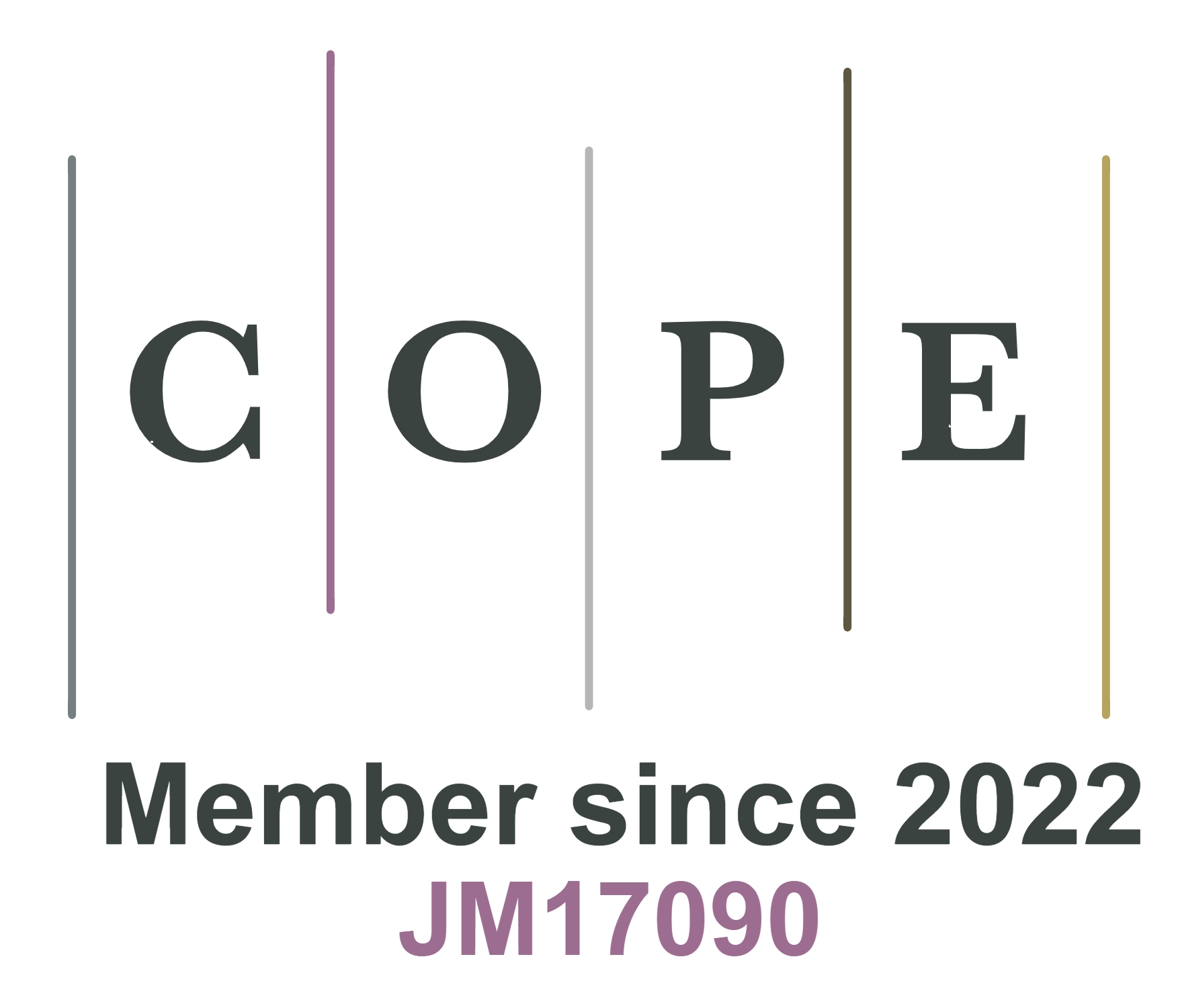fig1

Figure 1. Morphing matter based on strain-mismatch. (A) Bilayer PDMS films exhibiting inherent curvature. The top layer, containing silicone oil, undergoes drying and contraction, leading to bending behavior. The shape of the composite can be programmed through the selective patterning of the active layer. Reproduced with permission from[49]; Copyright 2016, The Royal Society of Chemistry; (B) Strain gradient induction via the peeling of plastic films. The interaction of peeling and adhesion force generates bending moments, and the plastic deformation can be precisely tailored by controlling peeling parameters and geometry. Reproduced with permission from[59]; Copyright 2022, Macmillan Publishers Limited; (C) Material gradient achieved by paraffin-diffused elastomer. Stretch-and-release procedures introduce residual strain in brittle paraffin crystals, while the elastomer tends to recover its initial shape. Reproduced with permission from[50]; Copyright 2022, Wiley-VCH; (D) The aspect ratio significantly influences deformation characteristics. Reducing the strip width within star polygons prevents the gripper from an axisymmetric cage-like configuration. Reproduced with permission from[64]; Copyright 2018, Wiley-VCH; (E) A network comprising multiplexed pairs of bilayer ribs yields a human face structure after swelling. Reproduced with permission from[66]; Copyright 2019, National Academy of Sciences, U.S.A; (F) Anisotropic strain-mismatch achieved by perpendicular shrinking of two layers results in a helical configuration with locally saddle geometry. Reproduced with permission from[67]; Copyright 2011, AAAS; (G) Programmed bilayer architectures demonstrating anisotropic swelling display complex 3D shapes of the underlying surface. Reproduced with permission from[46,68]; Copyright 2016, Macmillan Publishers Limited; (H) Radially curved ribbons, featuring geometrical frustration, assume bending or stretching-dominated configuration dependent on geometry. Reproduced with permission from[70]; Copyright 2021, American Physical Society; (I) An inverse design tool, utilizing hindered fabric contraction and bending of patterned ribbons, expands the range of achievable surfaces. Reproduced with permission from[72]; Copyright 2022, Wiley-VCH. PDMS: Polydimethylsiloxance.










